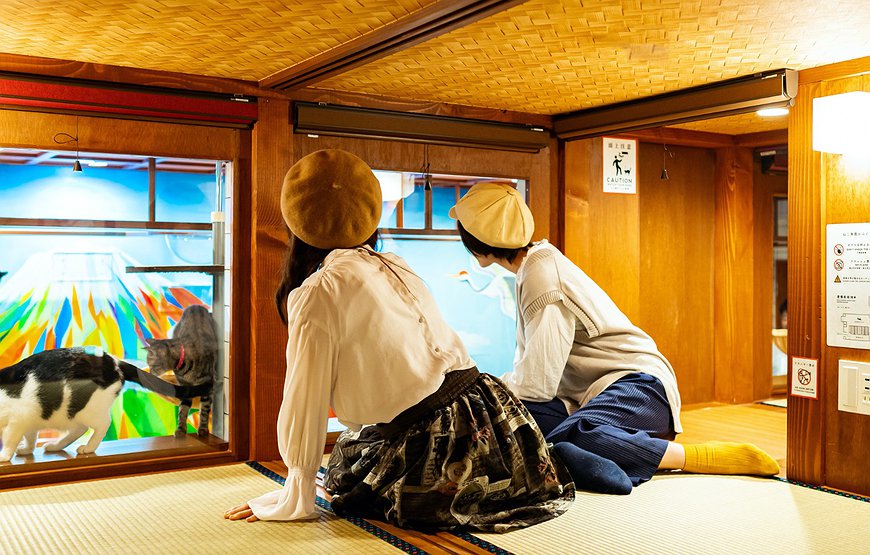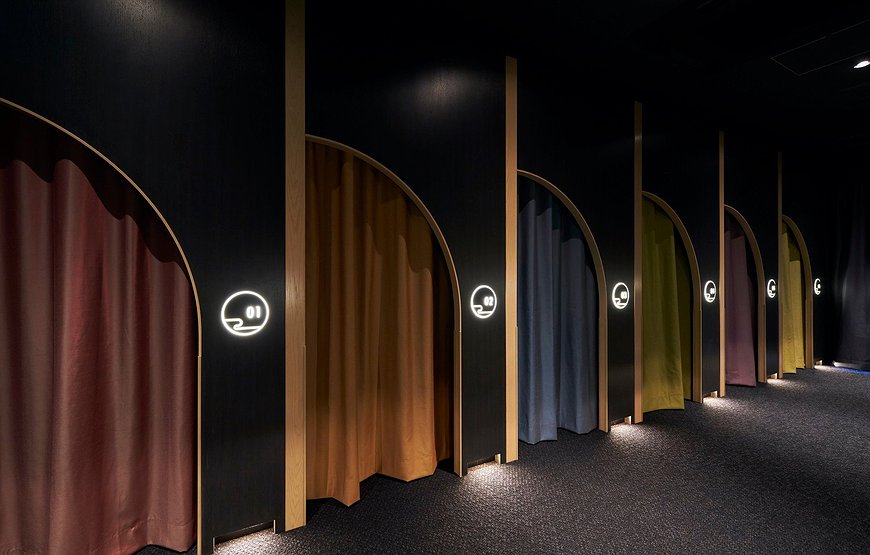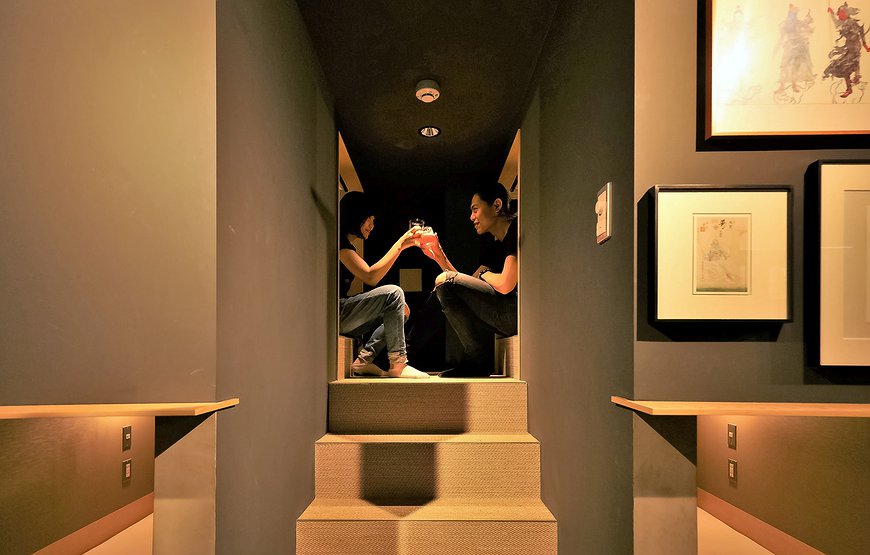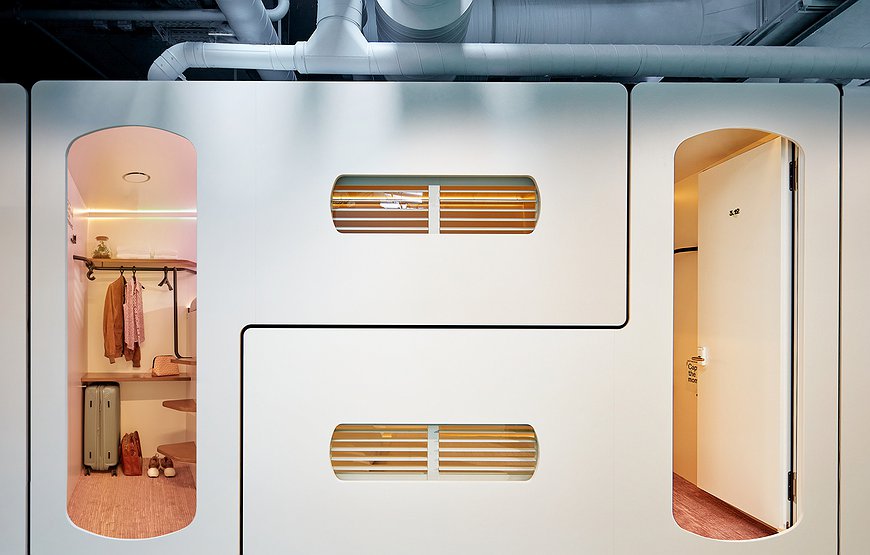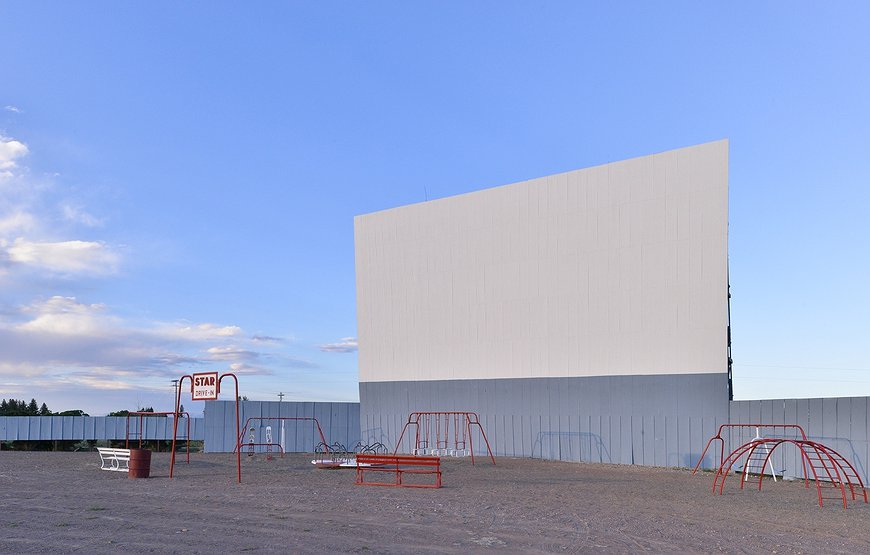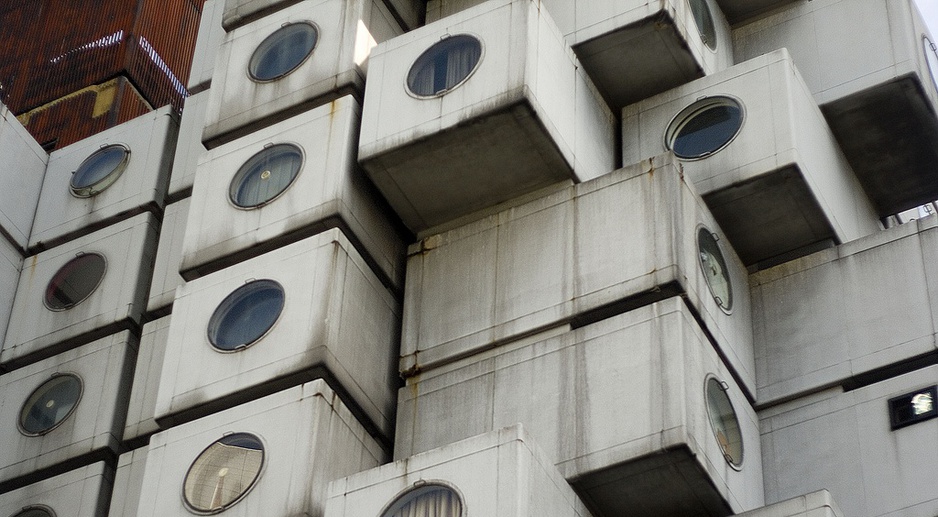
This historical building is an example of metabolism, a movement in Japanese architecture that drew inspiration from how living organisms arrange themselves.
Metabolists viewed society as an organism, and the Nakagin Tower, built in 1972, is one of the few remaining examples of their work.
Recently, there has been a discussion of demolishing the tower, but Nicolai Ouroussoff, architecture critic for The New York Times, spoke out against the idea, "like all great buildings, it is the crystallization of a far-reaching cultural ideal. Its existence also stands as a powerful reminder of paths not taken, of the possibility of worlds shaped by different sets of values." So today, it remains standing.
Nakagin Capsule Tower was recognized as a unique building by Hollywood, too. For example, it was featured in The Wolverine's 2013 superhero film as a love hotel in Hiroshima Prefecture.
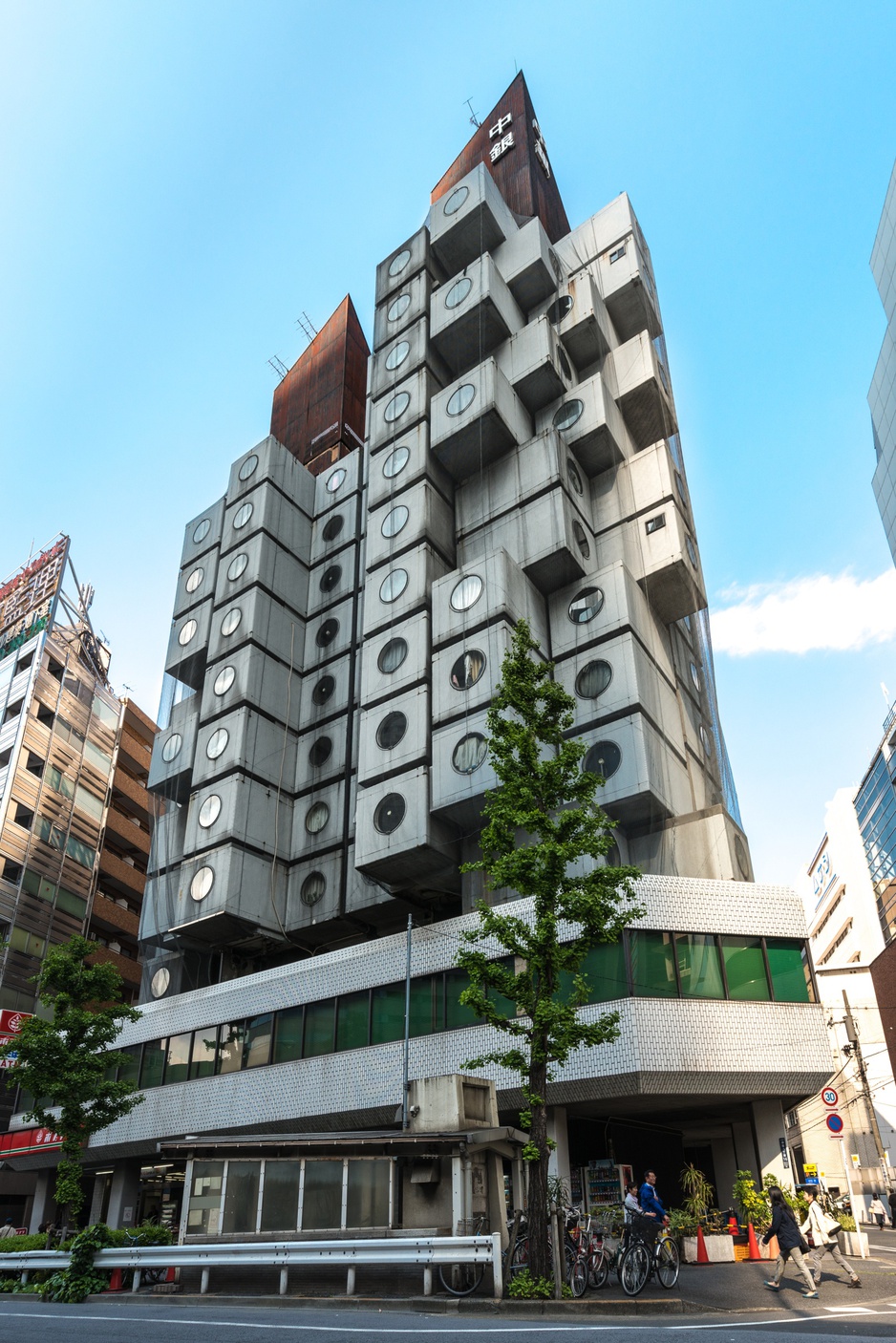
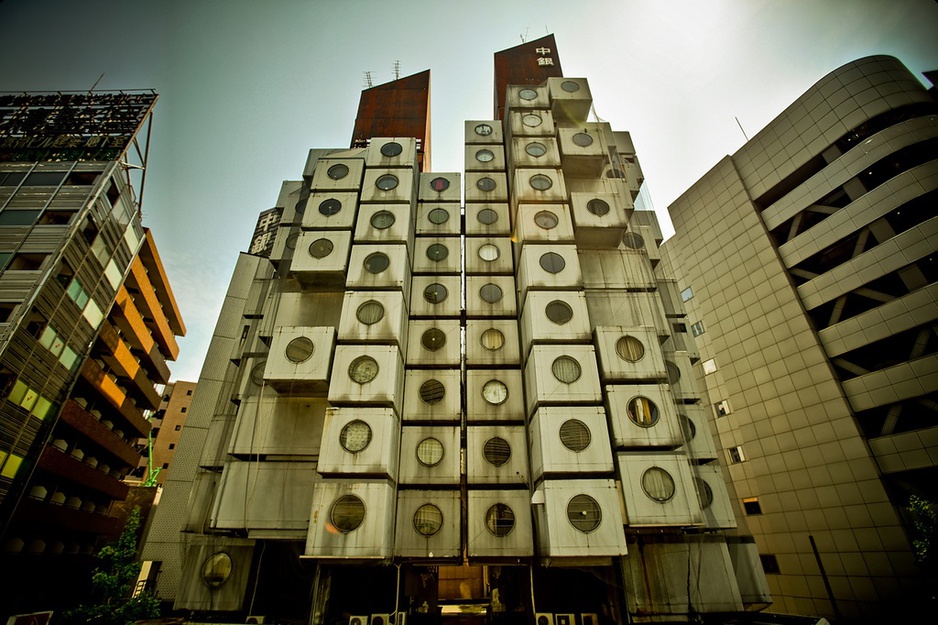
Photo by Jan Elhøj
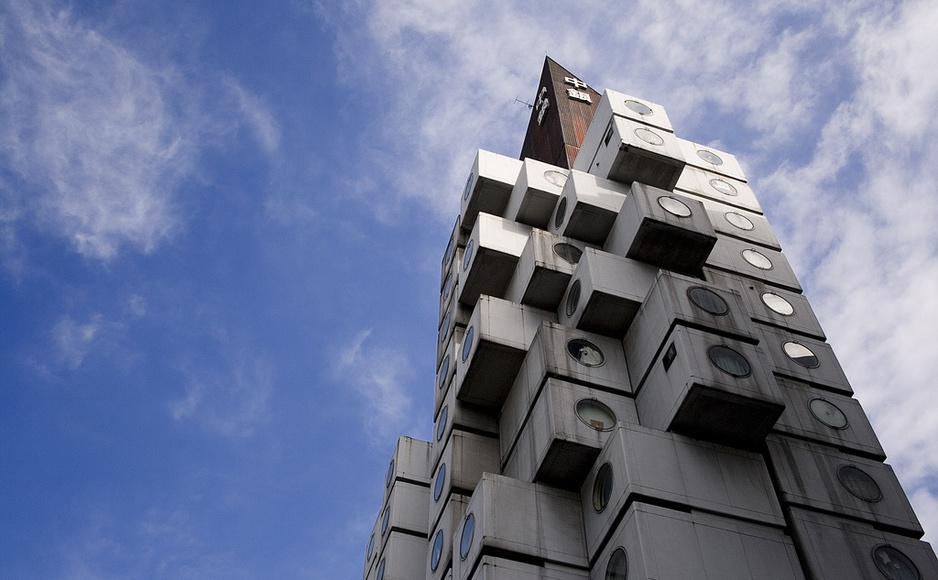
Photo by jordiA+
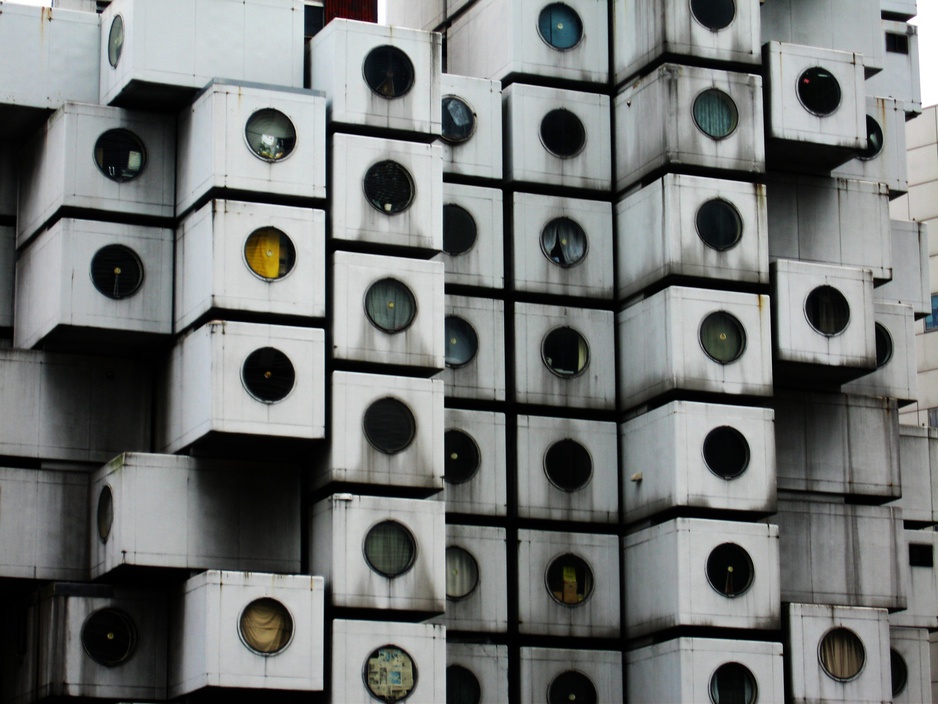
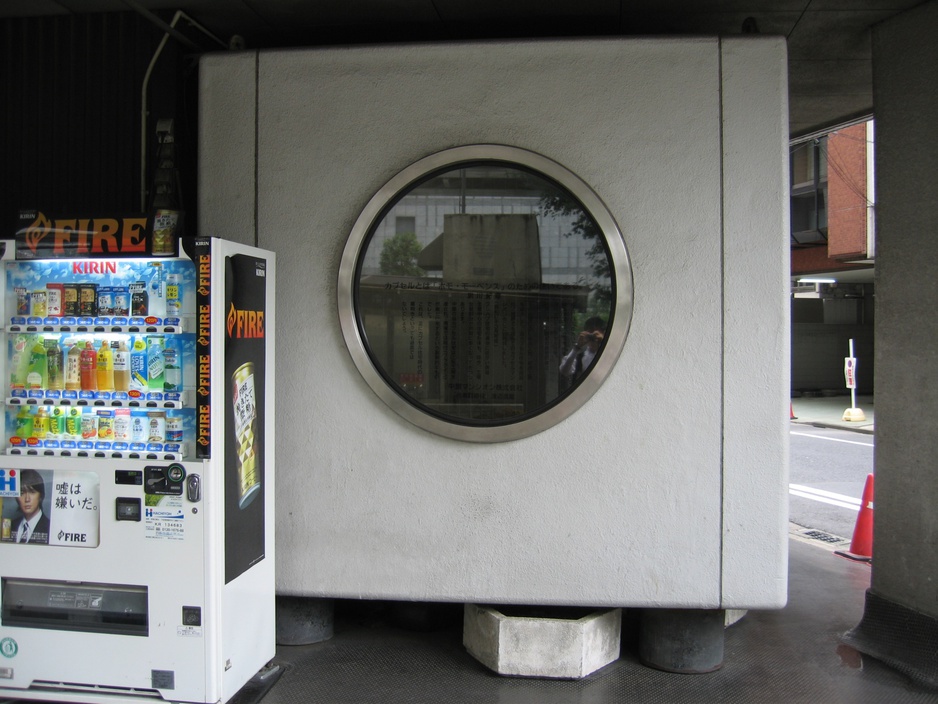
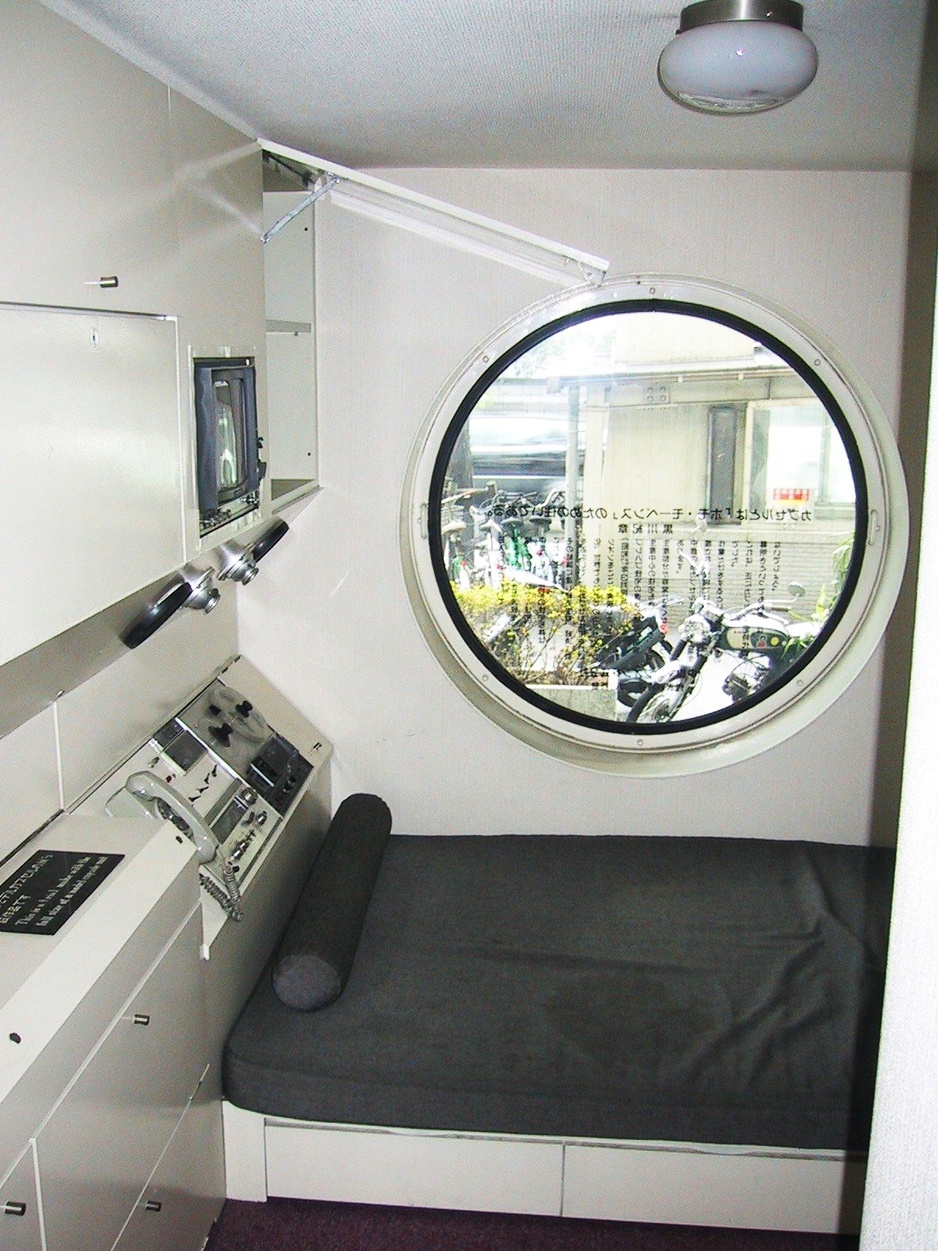
One of the few capsules with the original retrofuturistic interior, including the built-in TV and phone.
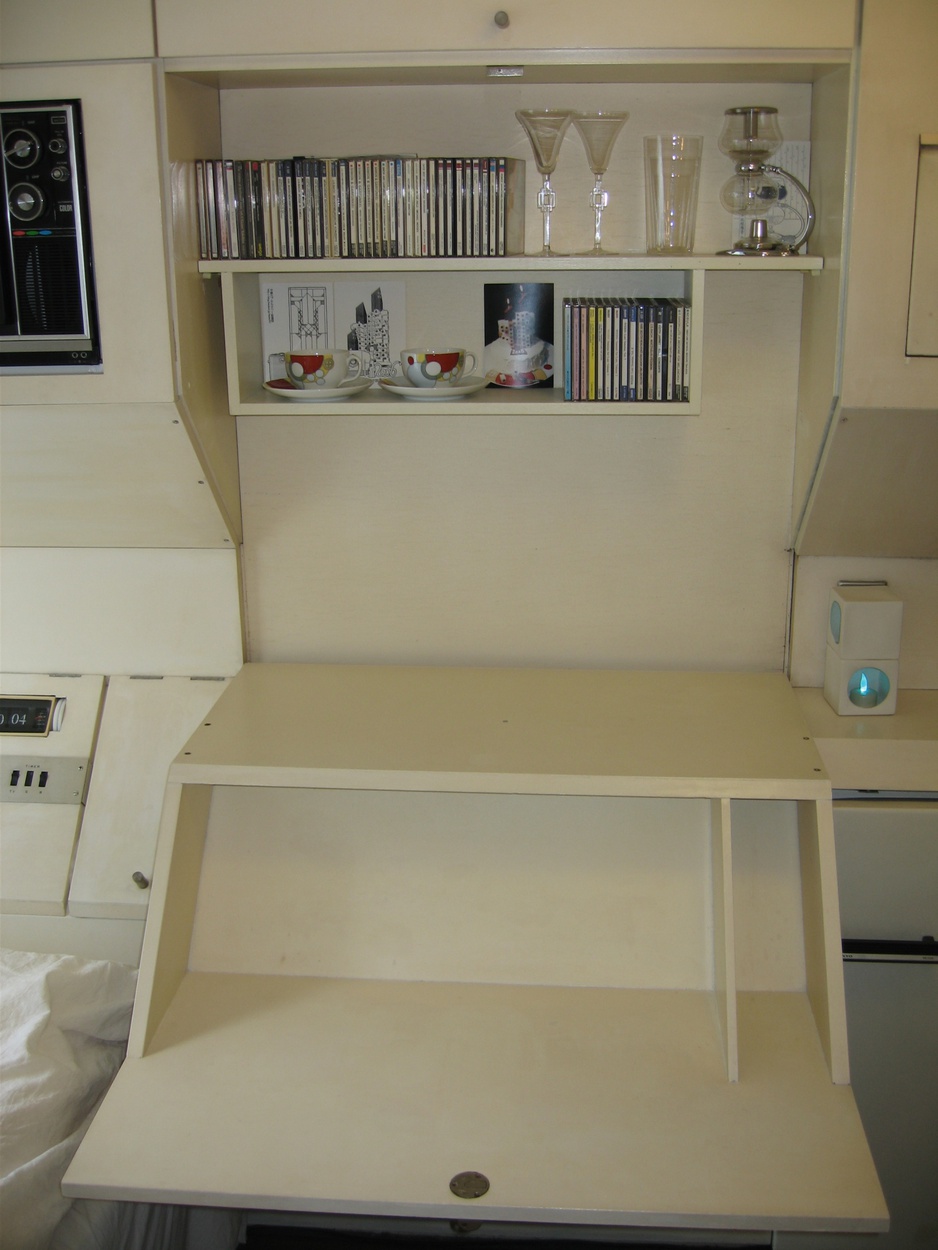
Each capsule is like a cell, a self-contained living space designed for bachelor salarymen.
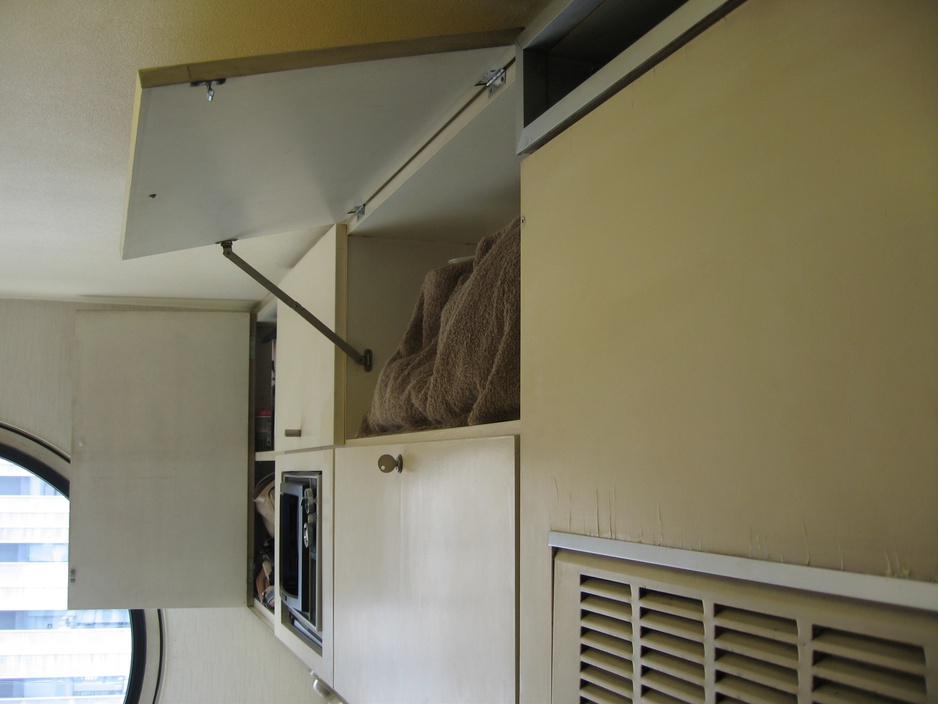
One wall is all appliances such as cabinets, TV, and microwave; the rest is used for a bed and airplane-sized toilet.
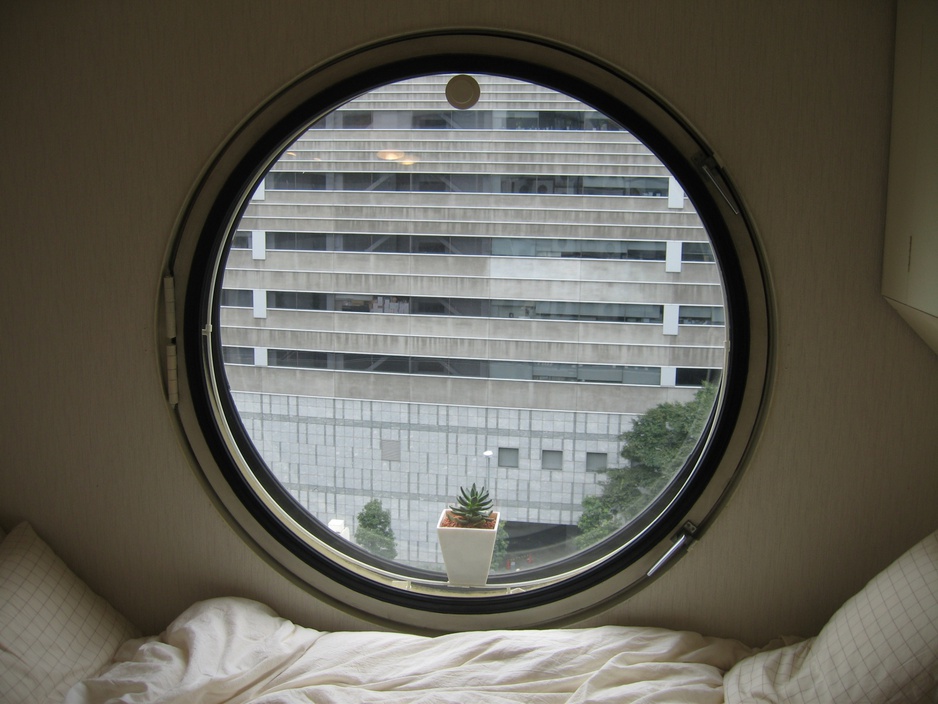
Each capsule was assembled off-site and then attached to a concrete pillar so each one could be removed without affecting the others.
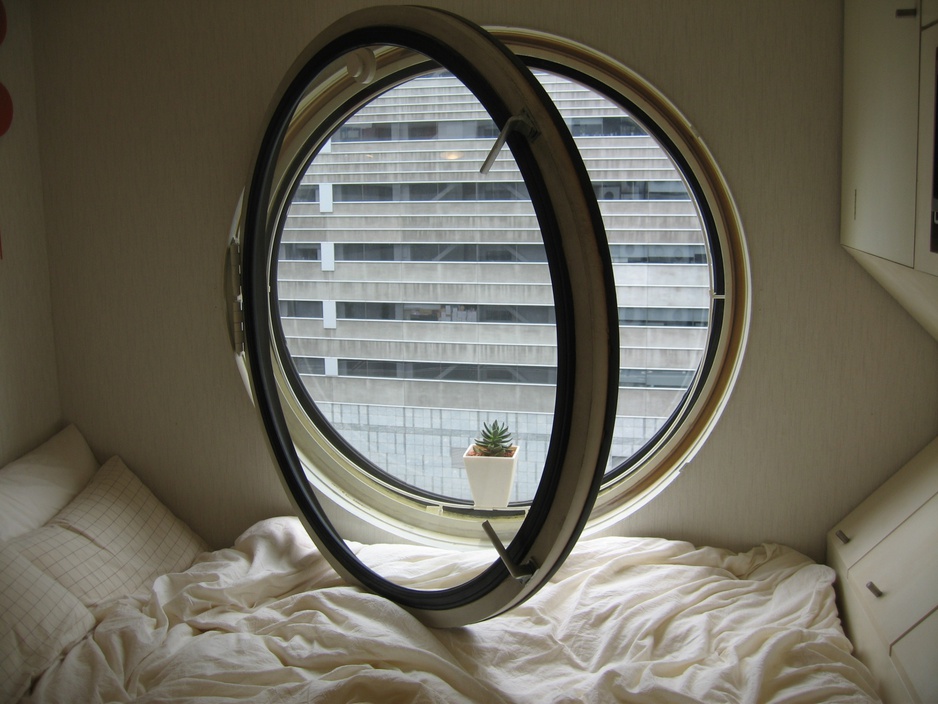
The oversized rounded windows can fully open.

The view from the Nakagin Capsule Tower is on one of Tokyo's many multi-lane elevated city highways.

The retro Sony TV is one of the first color Televisions from the era. There is a manual control panel where you can select channels and adjust the settings.
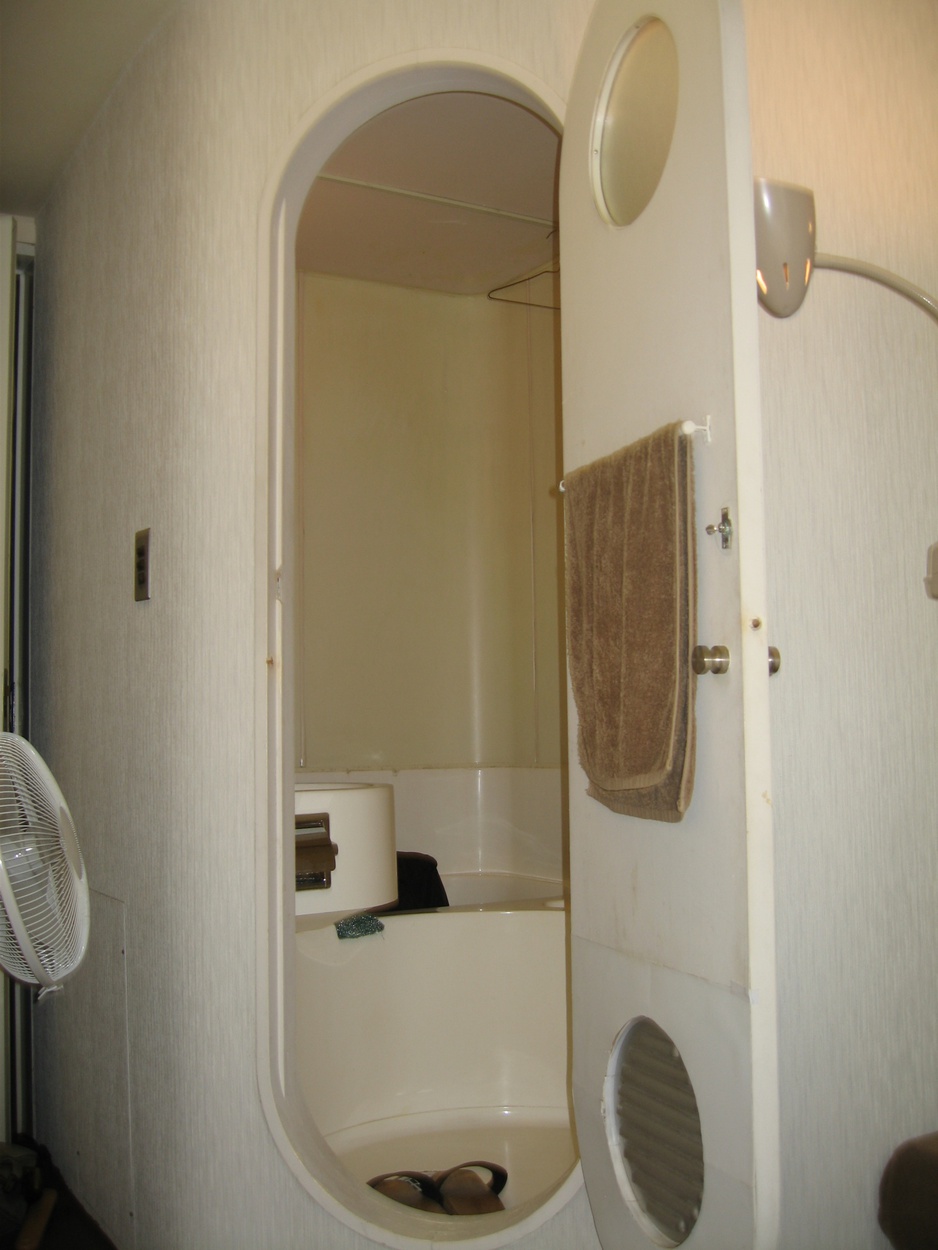

Nakagin Capsule Tower portrayed as a love hotel in The Wolverine superhero movie.
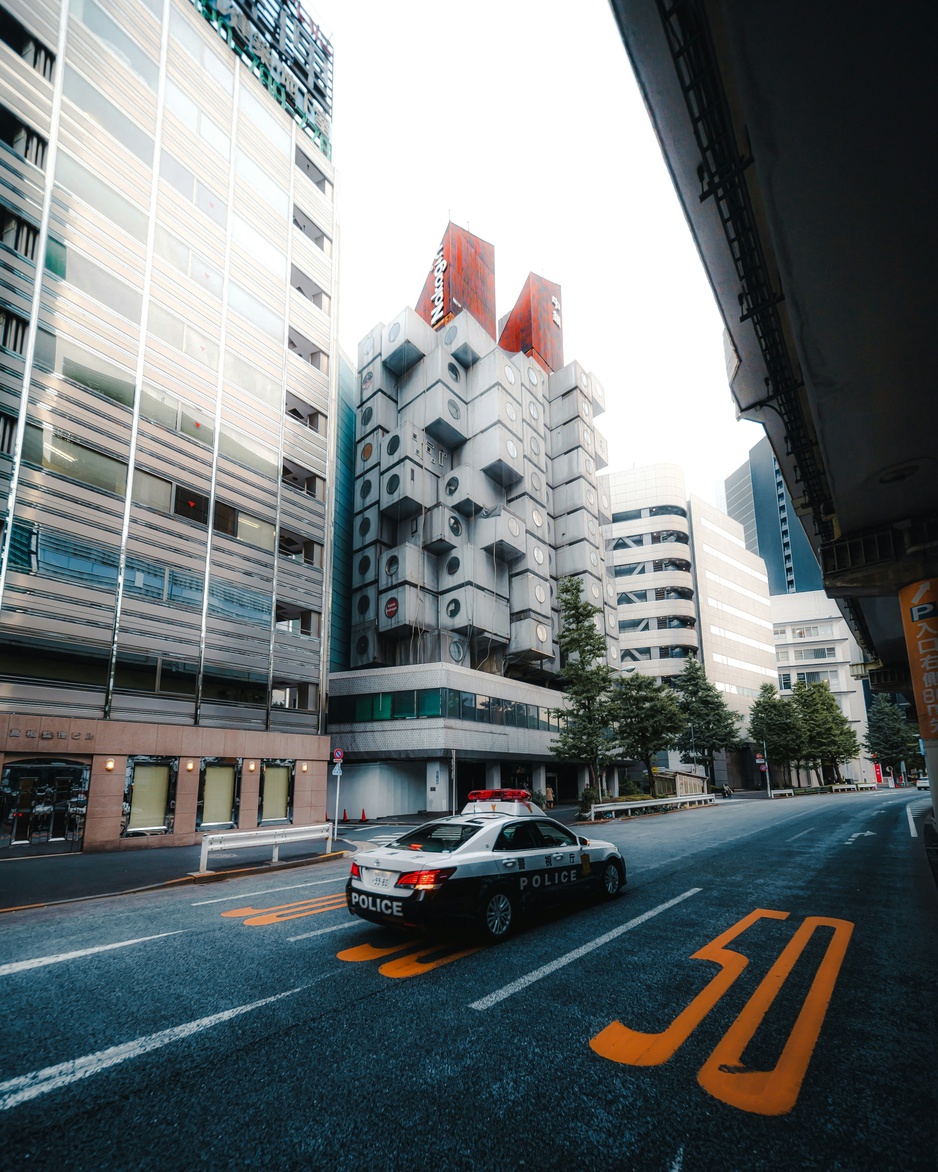
2022 - Demolition
In 2021, authorities decided to dismantle the iconic metabolist tower and proceeded with the demolition work in April 2022. However, residents and several civil groups demonstrated against its destruction, and while they failed to preserve the building, they managed to save one capsule.
The Nakagin Capsule Tower A606 Project aims to restore and modify the capsule numbered A606 to showcase it to the public later.
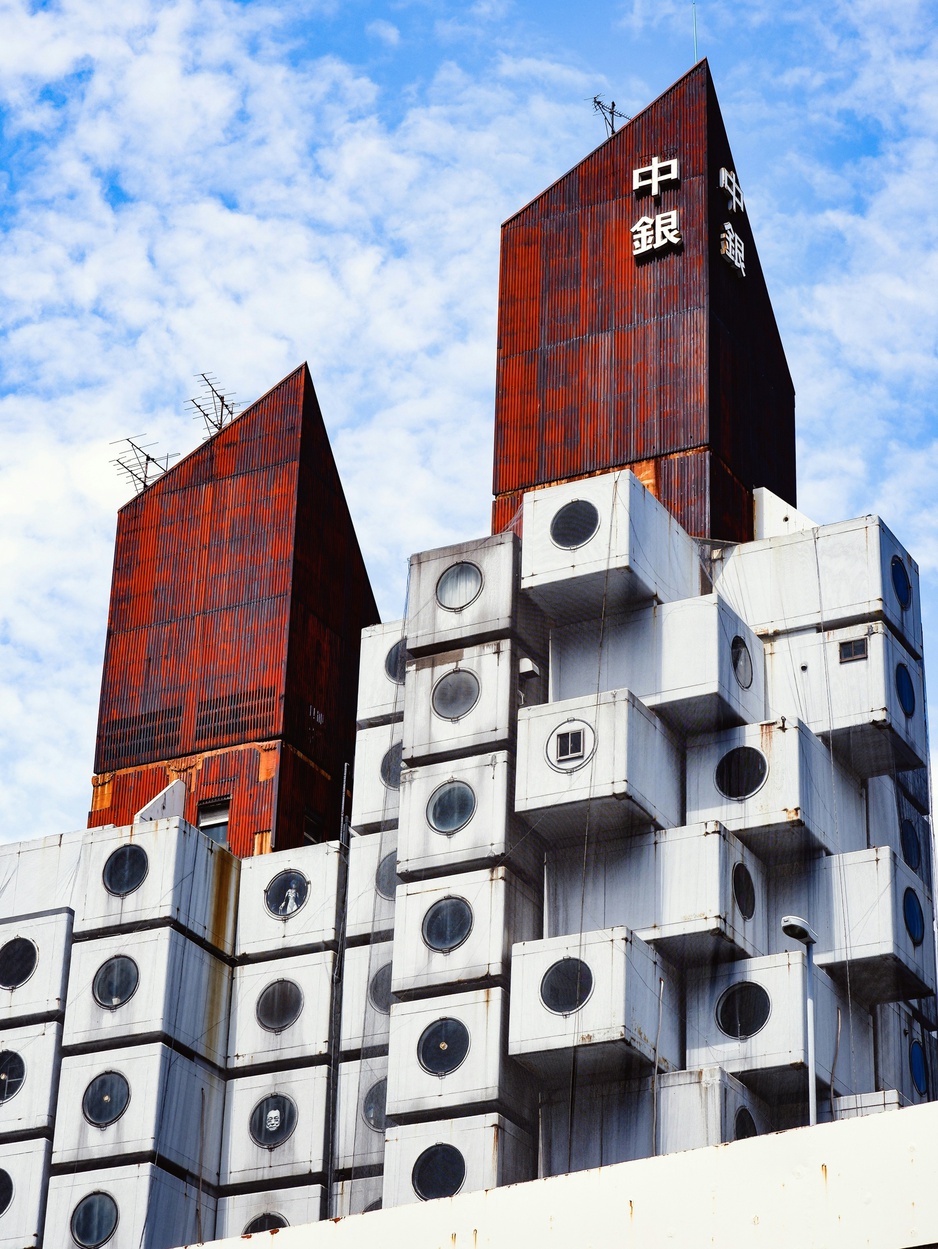
These were the last moments before the Nakagin Capsule Tower was demolished.
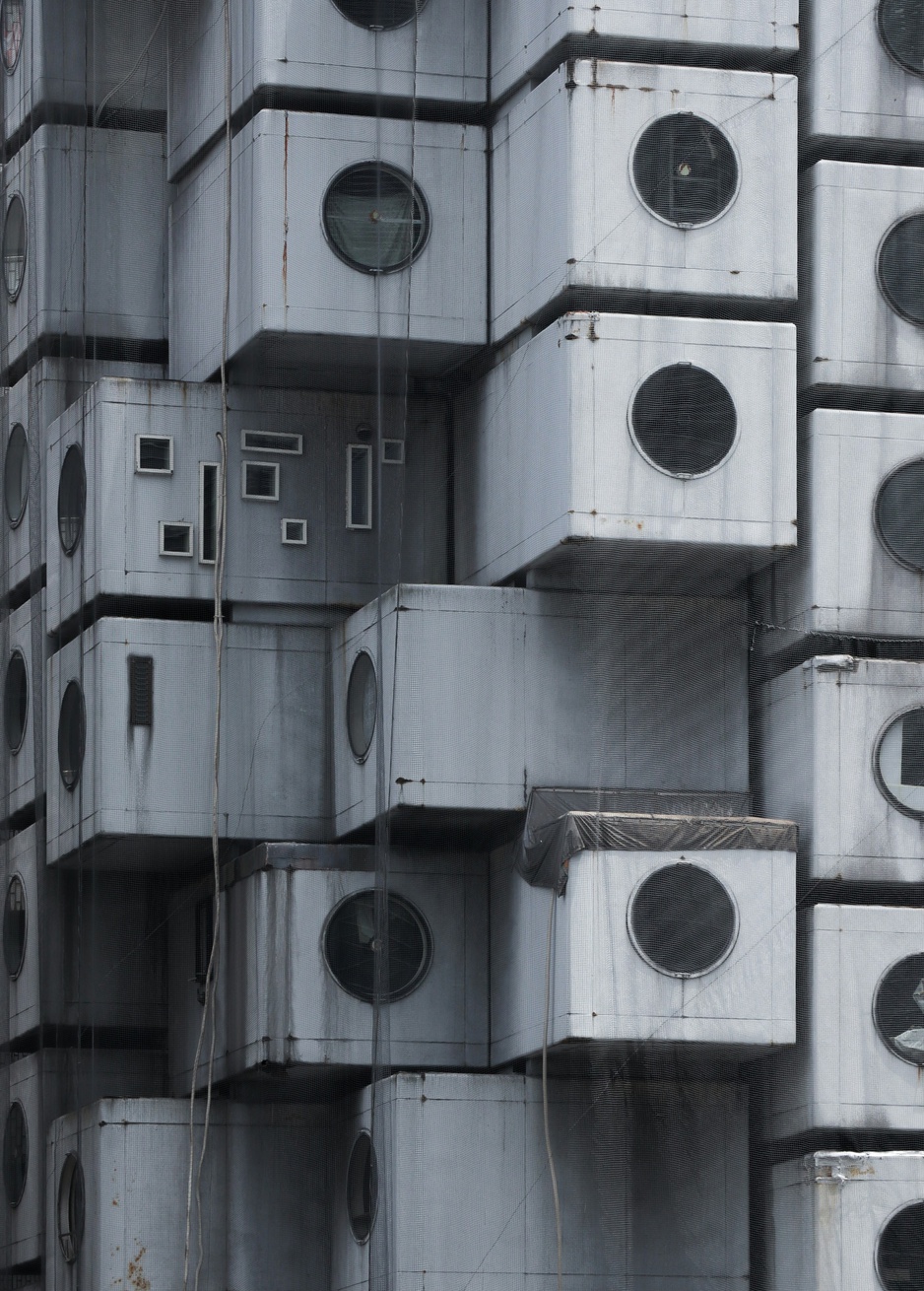
A protective net covered the entire building to protect pedestrians on the street. A wise decision or barbarism against architectural heritage? Time will tell. However, this was a painful sight for the fans of Metabolist architecture.
8 Chome-16-10 Ginza, Chuo, Tokyo, Japan


